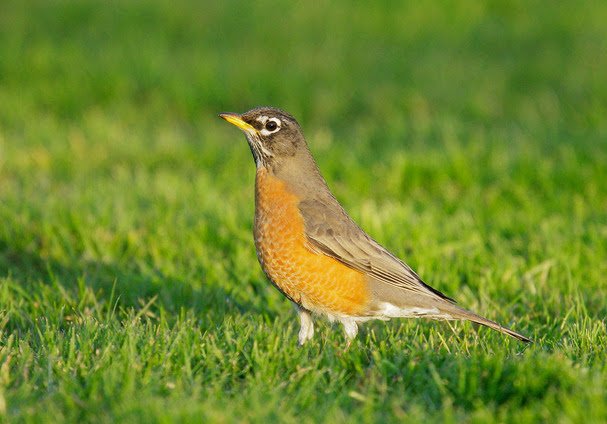Why did the newt cross the road? To breed!
During the rainy season, Pacific Newts migrate from woodland habitat to breeding sites in creeks, ponds, and reservoirs. In Santa Clara County, thousands of Pacific newts are killed every year on Alma Bridge road along Lexington Reservoir. This mortality has been documented by Merav Vonshak and volunteers from the Newt Patrol and a recently published study, and reported on in the latest Midpen Newsletter. A modeled population extinction curve for the newts of the Lexington Reservoir area shows that local extinction is predicted in about 50 years, but the decimation of the population to a small fraction of its 2020 -2021 numbers can be expected to happen within about 15 years (see graph). This level of roadkill, in conjunction with climate change highlights the importance of quick solutions to help the newts avoid local extinction.
How You Can Help
A. Submit a public comment or attend the Midpen Regional Open Space Authority December 8th online meeting at 7PM. To submit a comment, please fill in this form to allow your comments to be read into the record (see directions below). This will allow your comments to be read into the record.
What to enter into the comment section of the form
Say a few words about yourself and why you care, and add, "I am writing to thank Midpen for working to help the pacific newts of the Alma Bridge Road area. The high levels of mortality on the road, exacerbated by climate change, can soon drive our newt population to local extinction. Please prioritize, budget, and continue working with the County and other partners to implement solutions that will save the newts on Alma Bridge road and in the Lexington Reservoir area. We have no time to lose."
How to fill the form:
Select Meeting Date from the scroll down menu: “December 8: Board Of Directors”
Answer "Is this a comment about a specific board item?" as “YES"
Agenda Item: “Informational Memoranda”
Please check one: "Neutral"
Answer "Where did you hear about this meeting?"
Choose one of the following that apply: “Other”
Enter “Santa Clara Valley Audubon Society”.
Enter your name and city of residence
Enter your email
C: Please choose “Read into the record by the clerk during the board meeting”
A window will open for you to submit up to 250 words
You can utilize some of the talking points above for verbal or written comments.
B. Attend the meeting on December 8 at 7PM
Zoom Meeting Link Note that if you wish to speak at the meeting you will need to fill the form as shown above and choose "Oral Comment" under "Comment Type."
Thank you,
Shani Kleinhaus
Environmental Advocate





